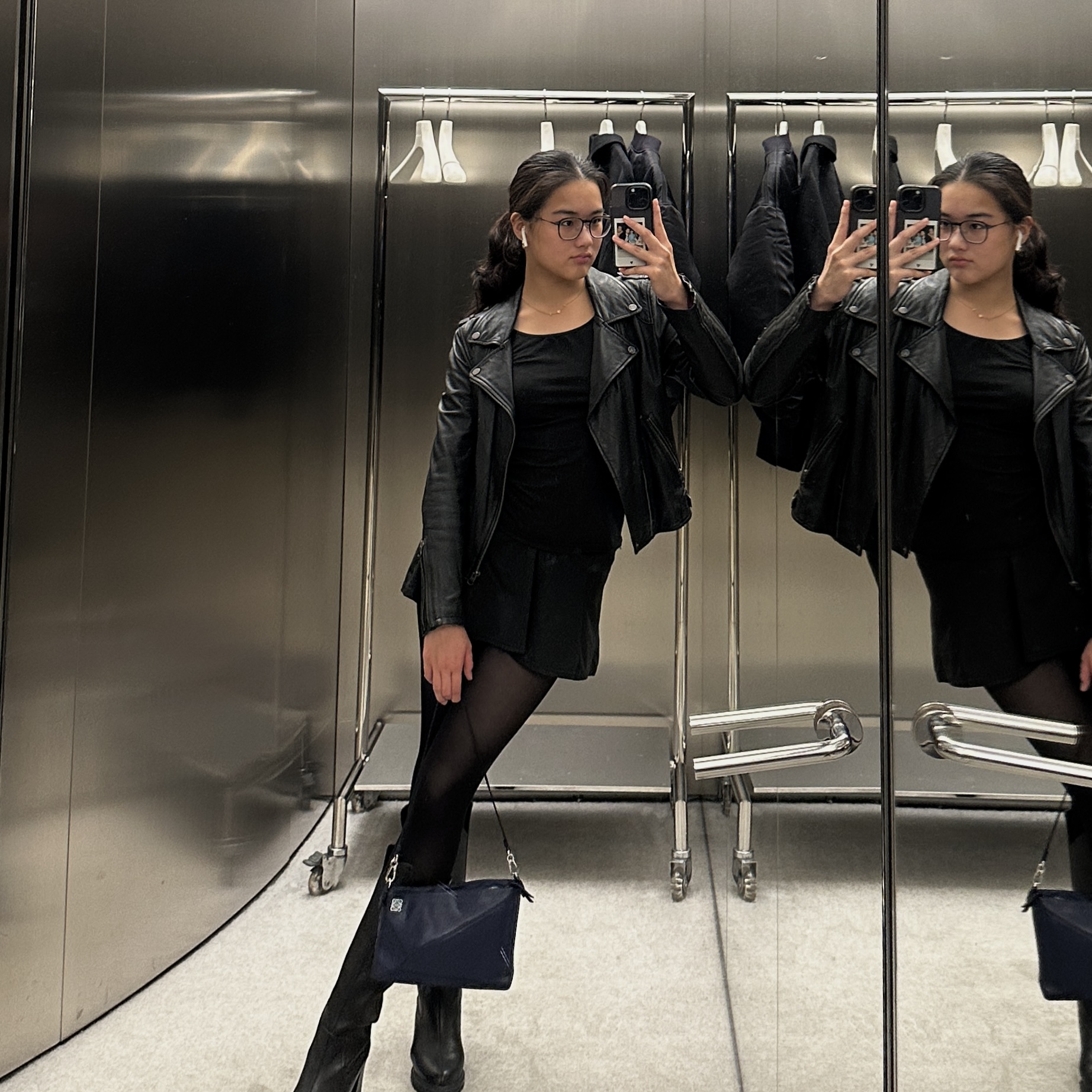We were lucky to catch up with Gobi Cheung recently and have shared our conversation below.
Gobi, thanks for joining us, excited to have you contributing your stories and insights. We’d love to hear about when you first realized that you wanted to pursue a creative path professionally.
Looking back, there wasn’t one single “lightbulb” moment. It was more like a quiet, steady unfolding. But if I had to trace it back, the seed was planted when I was around eight years old and got my first digital camera. I didn’t realise it at the time, but that was the moment something “clicked”. While photography is no longer my specialty, it has been a guiding thread in my exploration of the creative industry.
Throughout my academic journey, I’ve always gravitated towards creative paths. I studied Visual Arts throughout high school and was always involved in art-focused societies and spent six years in the Audio-Visual Committee, three of those as President, where I helped lead the technical direction and coordination of school events. I also run a YouTube channel that I update when I can. Editing and filming have become a personal outlet and a way to wind down. Some people find it tedious, but I actually enjoy it (in small doses, of course!).
When I first started looking at university courses, I initially considered interior design, inspired by my dad. It was one of my teachers who suggested that media might suit my interests in visual storytelling, design, and social media even more, and I’m so glad I listened. What I didn’t realise then was just how much it would open up the worlds of marketing, branding, and event curation to me. My course gave me the space to experiment and evolve. I assisted on short films, launched side projects, built conceptual brands, and in doing so, I began to truly find my direction.
One of my proudest moments was co-creative directing SHRINE, a Transmedia Fashion Show that explored the parallels between digital media and real-world cults. I collaborated with my co-director on designing the pieces and also worked on the documentary that was featured during the event. It was through SHRINE that I realised how much I love building immersive experiences and guiding people through them with purpose and attention to detail.
That realisation has shaped everything I’ve done since, including my time at LVMH, and ultimately led to my final-year project: The Corsage. This immersive and exclusive fragrance retreat was created as part of my dissertation on experiential marketing. The research explores how immersive brand activations can influence brand perception, particularly within the luxury industry.
The Corsage represents everything I’ve been working towards. It is not just my dissertation, but a culmination of what I love: creative direction, experience design, storytelling, and event curation all coming together in one space. It serves both as a personal expression of my passion and an academic investigation into the power of experience in brand building.

Gobi, love having you share your insights with us. Before we ask you more questions, maybe you can take a moment to introduce yourself to our readers who might have missed our earlier conversations?
I’m Singaporean, born and raised in Hong Kong, and my work explores the intersection of brand storytelling, experiential design, and cultural communication. I believe deeply in the power of experiences to create lasting emotional connection. At a time when audiences are more visually saturated than ever, I am interested in how brands and creatives can move beyond surface-level aesthetics to craft something that is not just seen, but felt.
Creativity, for me, has always been rooted in emotion. I have gravitated toward visual and narrative forms from a young age, but what has shaped my practice most is the belief that every idea must carry intention. Whether I am developing a brand concept, curating an immersive event, or directing a visual campaign, I begin with the question: what do I want people to feel, and how can every detail serve that feeling?
I work across disciplines, often bridging creative direction, campaign design, and experience curation. My skill set includes conceptual development, production planning, creative strategy, marketing and storytelling through both visual and spatial mediums. I am especially drawn to projects that are experimental in nature but emotionally grounded, where design is not used only to impress, but to evoke, reflect, and connect.
I care deeply about execution and follow-through, but I also understand that some of the most impactful work comes from leaving space for emotion and intuition. I see each project as a living narrative and take pride in shaping every stage of that story with intention and precision.
One of the things I am most proud of is having built my creative voice while still at university. I have always said yes to opportunities that challenged me, trusted my instincts, and allowed my curiosity to guide my direction. Through these experiences, I’ve discovered that my greatest ambition is to work in a creative field that allows me to bring together my passion for events, storytelling, and brand marketing. I am driven by the desire to curate experiences that move people, to craft not just visuals, but full-sensory moments that leave lasting emotional impact. That vision continues to shape the path I am building, and it is the foundation of the work I hope to do next.
Above all, I hope that those who encounter my work feel something lasting. I am less interested in creating what is trendy and more interested in building what is meaningful. I want what I create to stay with people, not just visually, but emotionally. Because if it stays with people, eventually it becomes more than just another trend.
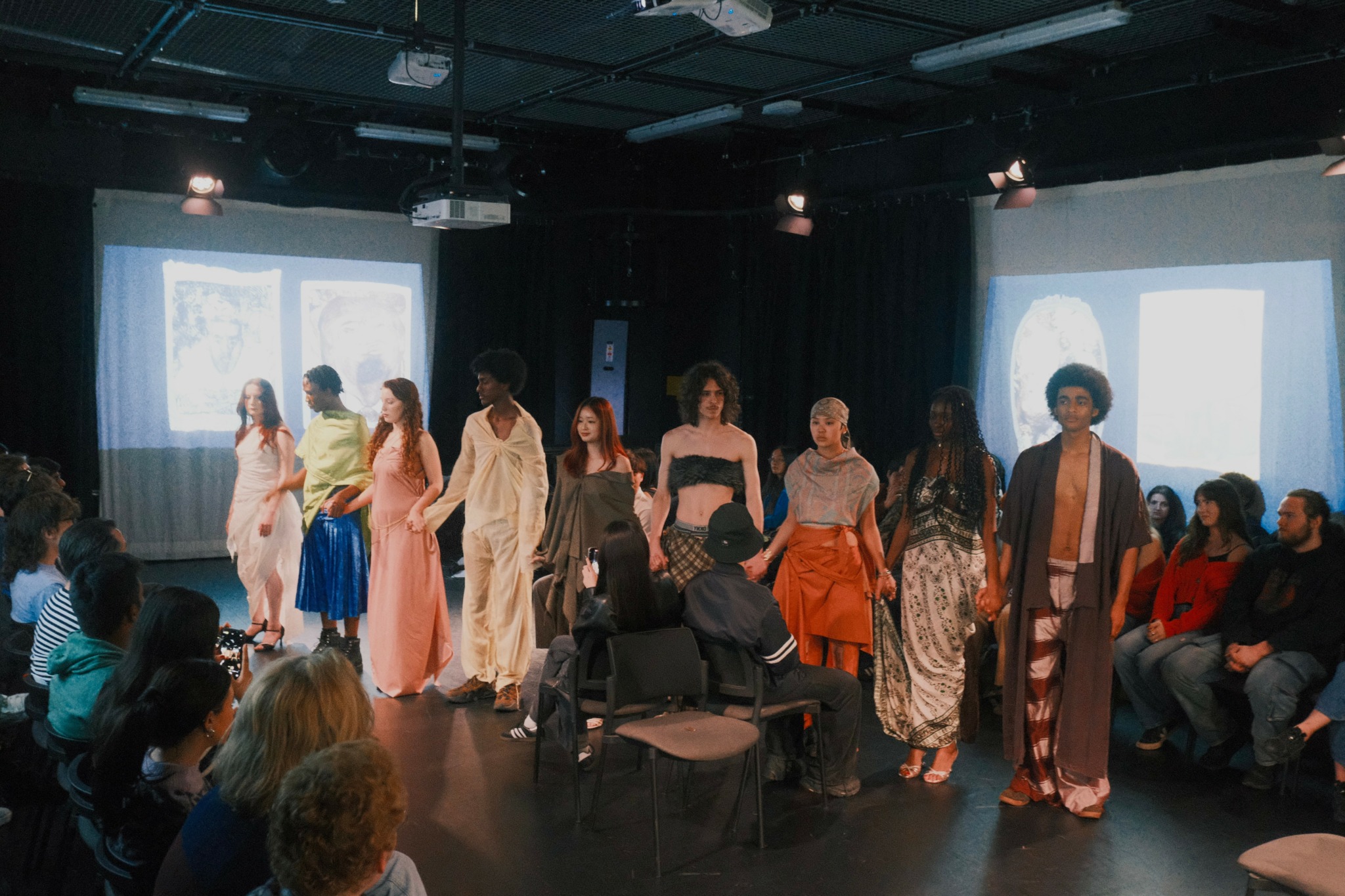
Do you think there is something that non-creatives might struggle to understand about your journey as a creative? Maybe you can shed some light?
One of the most misunderstood aspects of being a creative is that it is often seen as purely expressive or instinctive, as though creativity happens in a spontaneous outpouring of inspiration. In reality, it requires structure, discipline, and iteration just as much as vision. Behind every polished outcome is a long process of doubt, redirection, and often invisible labour.
What many people may not realise is the level of effort it takes to design something that feels effortless. Especially in sensory or experiential work, every detail is intentional. From the timing of a scent or sound to the texture of a space, each element contributes to a carefully constructed emotional response. The aim is not just to create something visually engaging, but to shape how someone feels within that moment. Doing this effectively requires not just creativity, but strategy.
There is also a degree of emotional vulnerability in the process that is rarely discussed. As creatives, we are not simply producing a final product. We are embedding our values, our taste, and our point of view into something that will be experienced, interpreted, and inevitably critiqued. It takes a certain resilience to continue creating while staying connected to your vision and maintaining that sense of purpose.
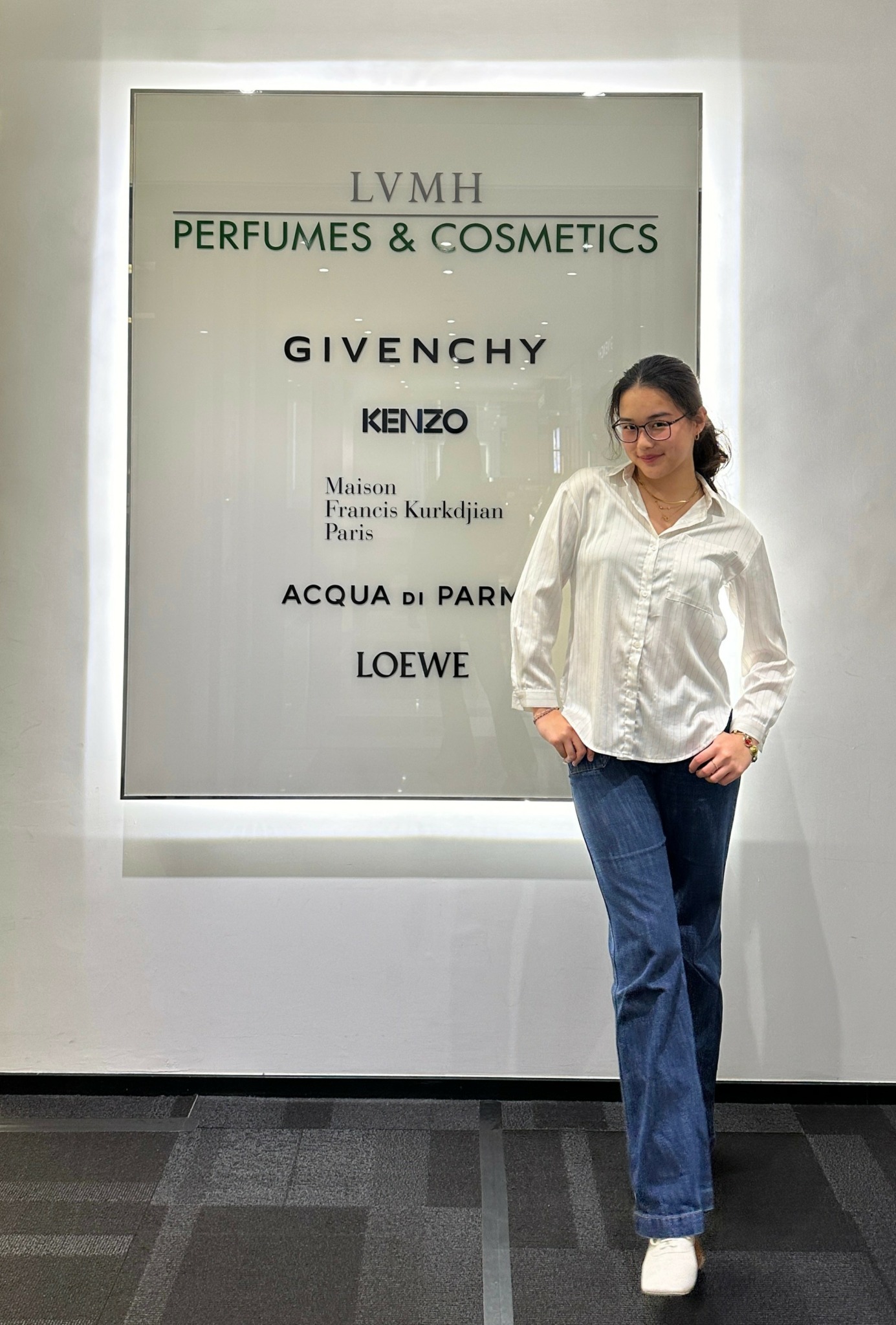
How can we best help foster a strong, supportive environment for artists and creatives?
One of the most important ways to support a thriving creative ecosystem is to stop treating creativity as an accessory to more traditionally “serious” fields. Creativity has never been a decorative skill. It is a form of cultural communication, strategic thinking, and emotional intelligence. It shapes how we understand ourselves and the world around us. Recognising its value at both cultural and economic levels is an essential starting point.
Equally important is meaningful support for early-stage creatives who are still exploring and developing their voice. Not every creative journey begins with a polished portfolio. Some of the most innovative ideas are fragile in the beginning. Providing mentorship, funding, access to resources, and safe spaces to experiment, especially within educational and community environments, is key to nurturing that growth without prematurely boxing it in.
We also need to recognise that entry into the creative industries often depends more on who you know than on what you can do. Much of it comes down to timing and opportunity, which are not always in a person’s control. This makes it even more important to create systems that help bridge this gap. For emerging creatives like myself, having mentors and educators who are genuinely invested in our development is invaluable. Guidance and generosity within the industry can never be replaced by talent alone.
Finally, we should broaden how we define success in creative work. Not every project needs to be commercially scalable to be meaningful. Some of the most powerful and impactful creative pieces are the ones that challenge perception, offer emotional clarity, or shift someone’s way of thinking. If we make space for those kinds of contributions, we can build a creative culture that is not only more inclusive and reflective, but also more sustainable in the long term.
Contact Info:
- Website: https://www.gobicheung.com/
- Instagram: https://www.instagram.com/gobi_c
- Linkedin: https://www.linkedin.com/in/gobi-c/
- Youtube: https://www.youtube.com/@gobi_c
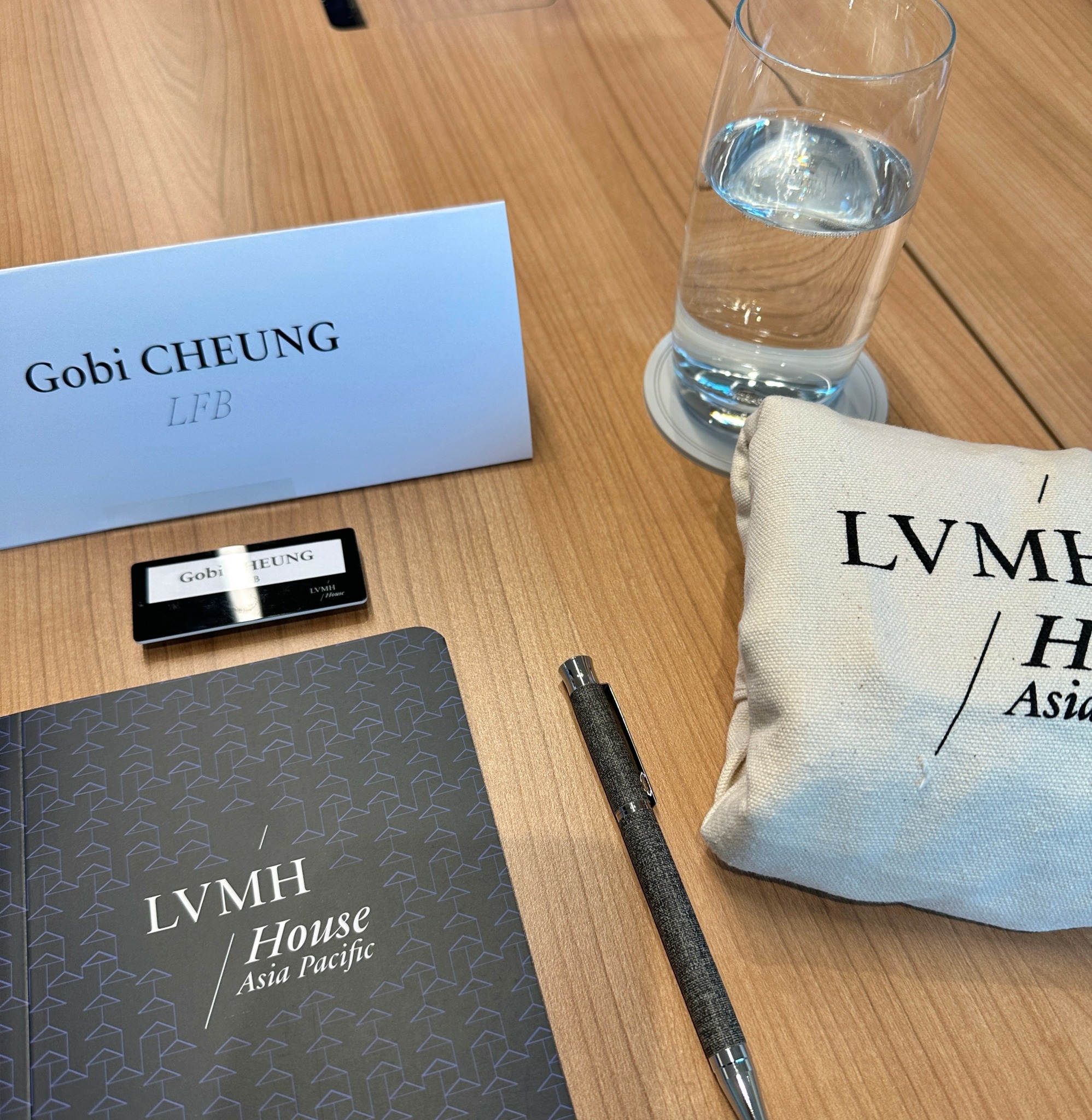
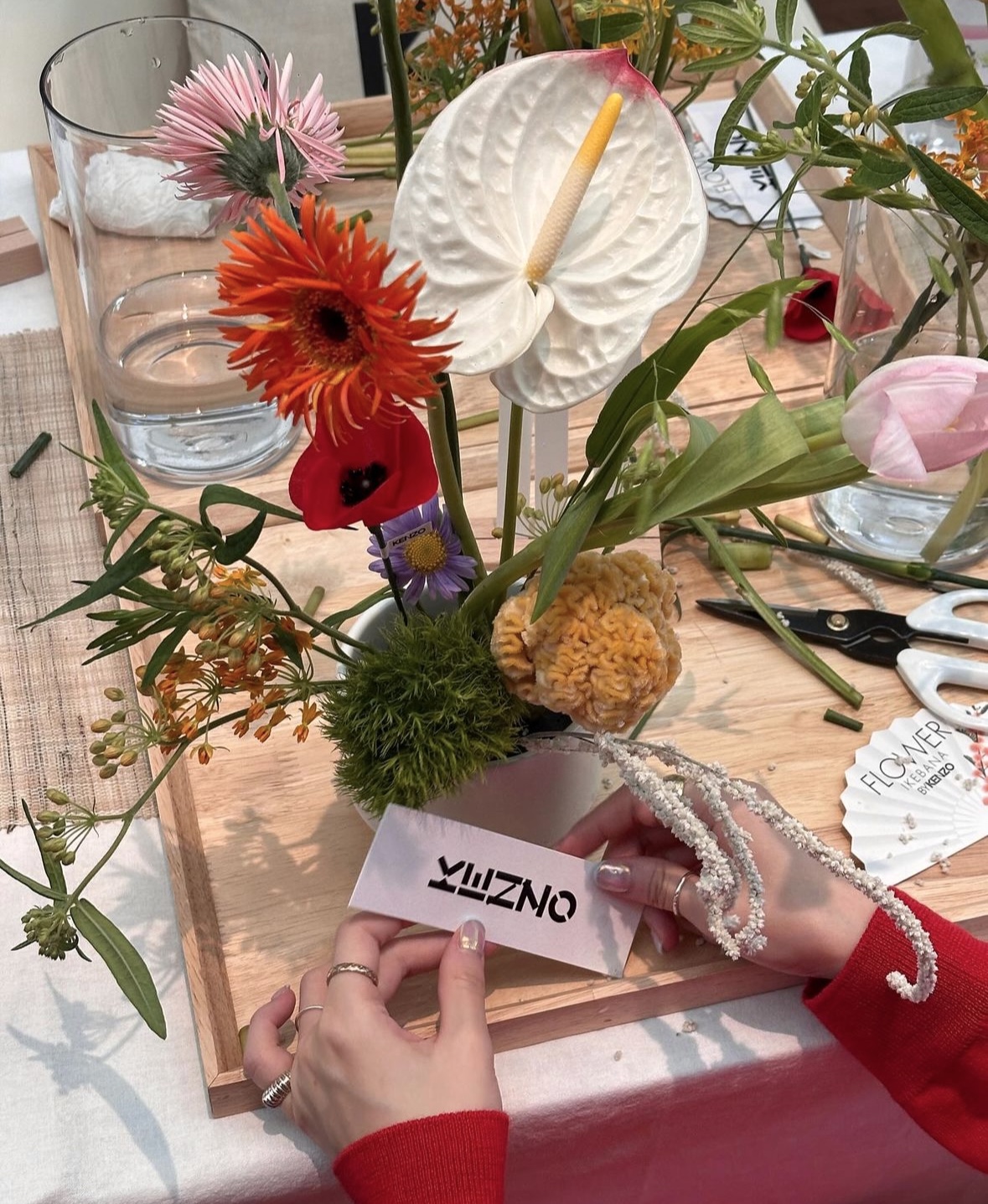
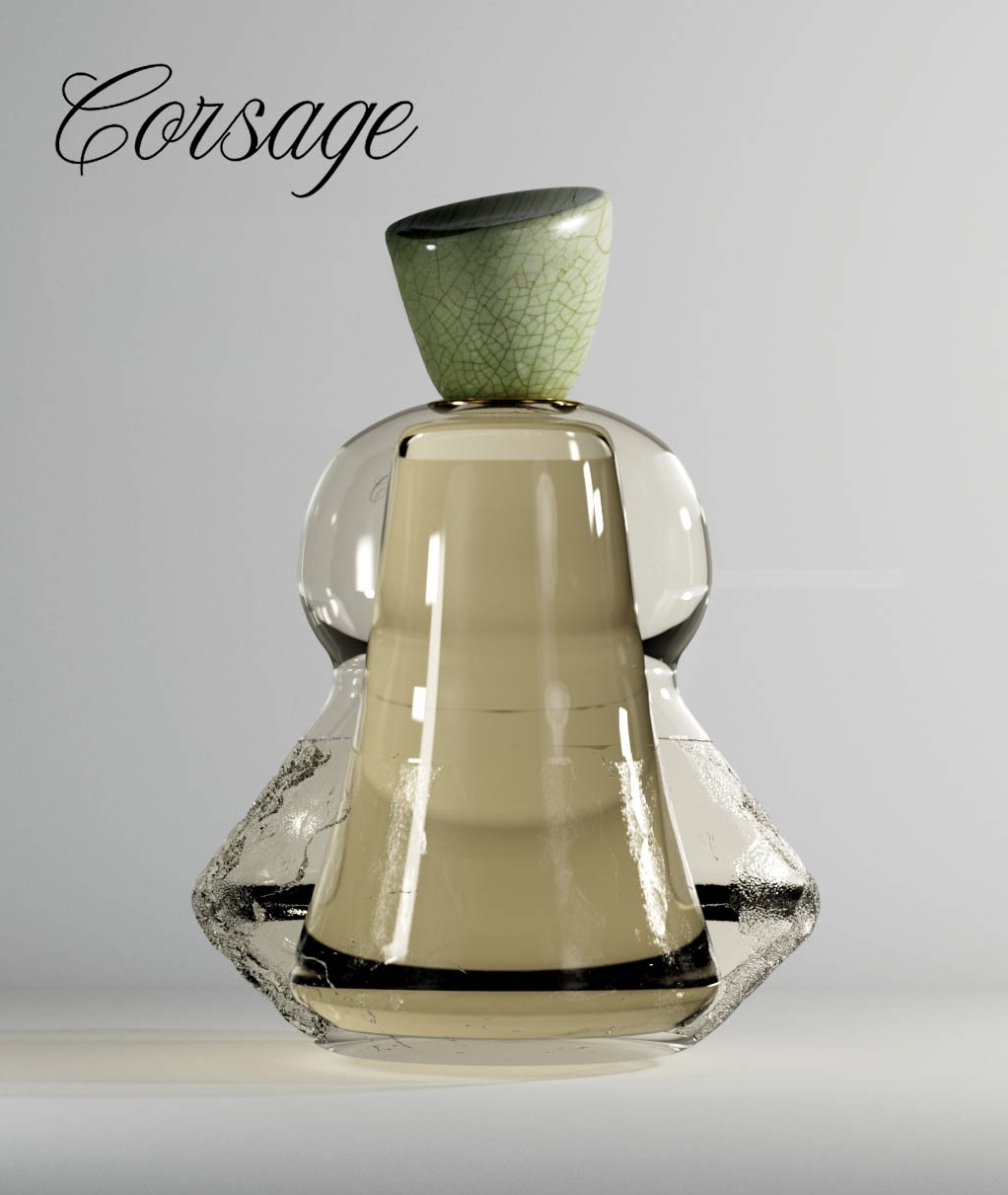

Image Credits
SHRINE Event Photos: Eily Hung
The Corsage Event Photo: Seong Yeon Cho
Corsage Bottle designed in collaboration with Matthew Akuamoah-Boateng
KENZO Event Photo: @_inghwajang on Instagram


